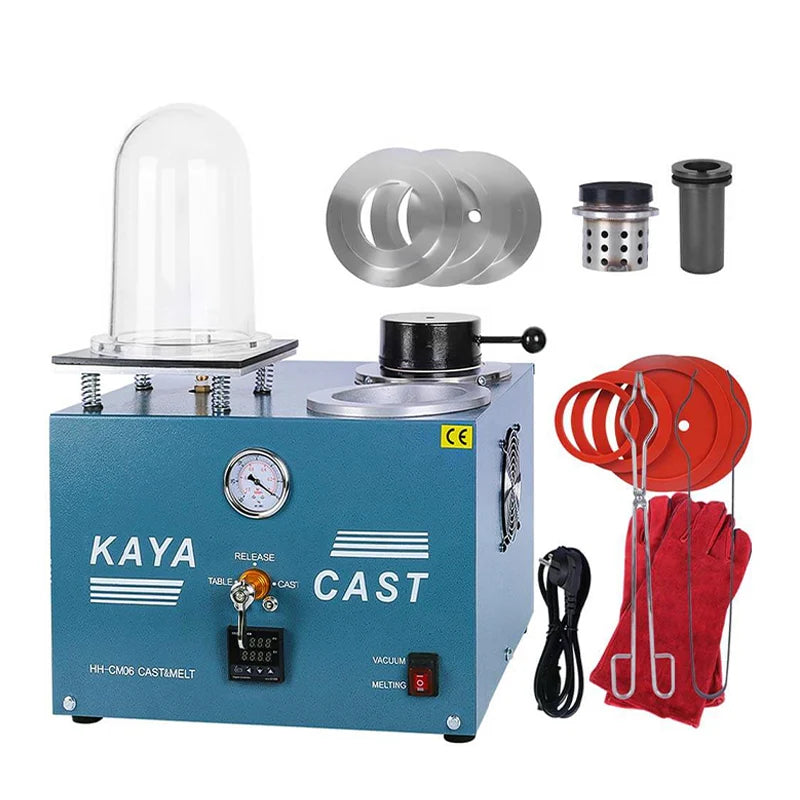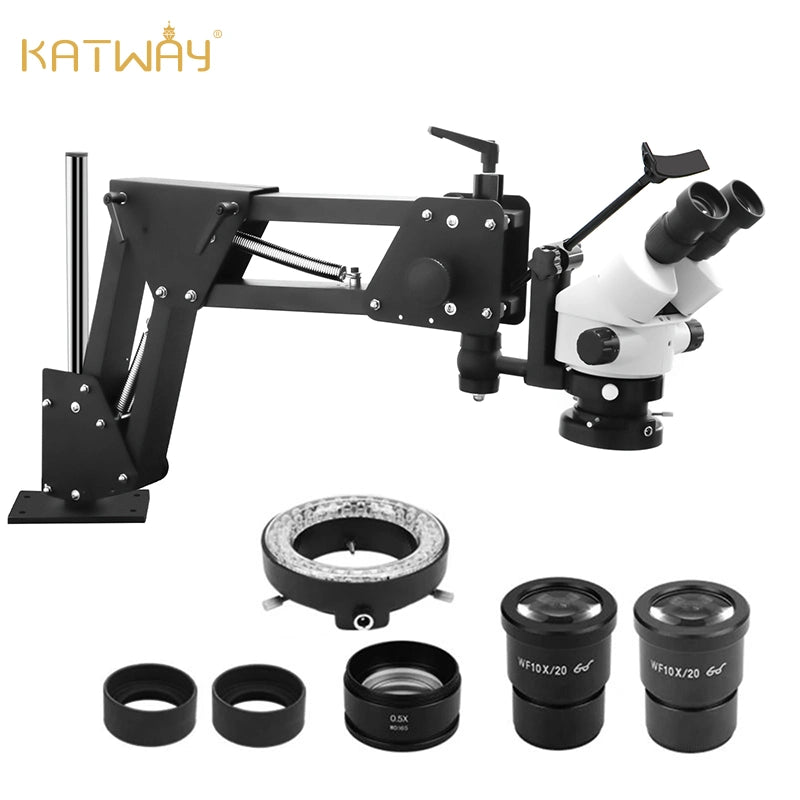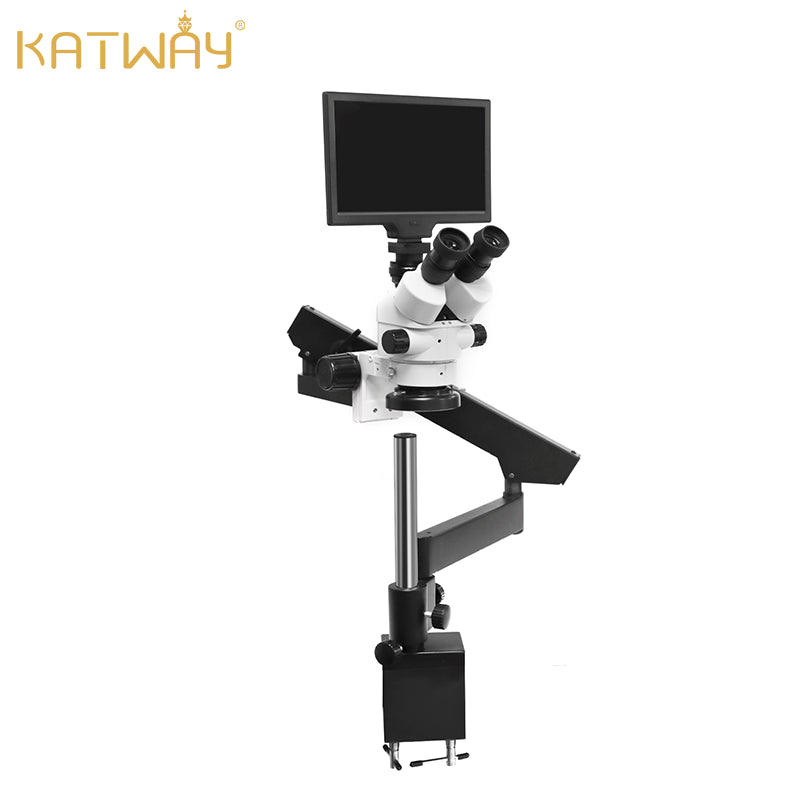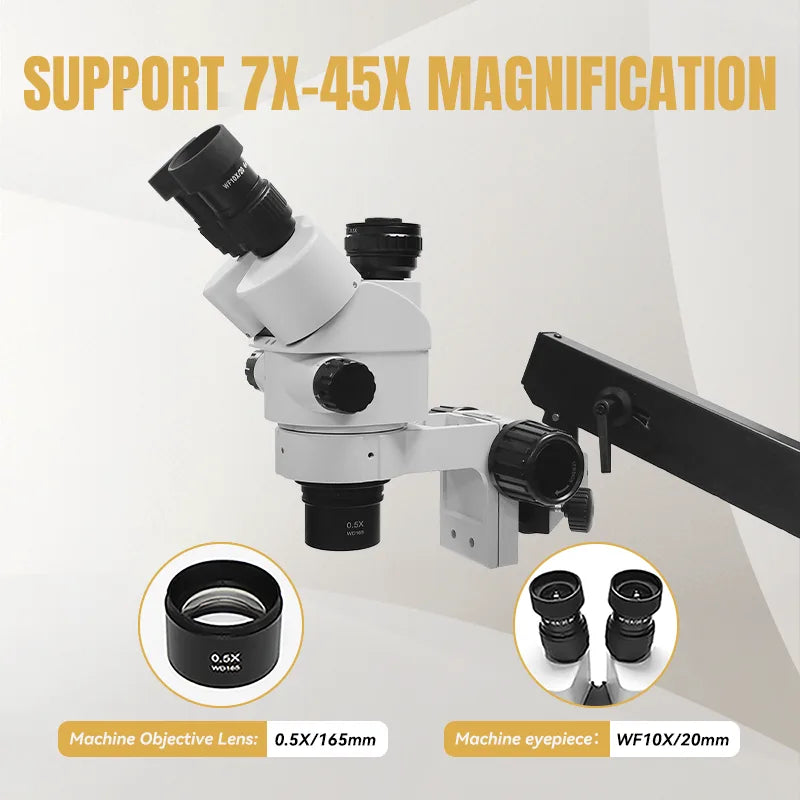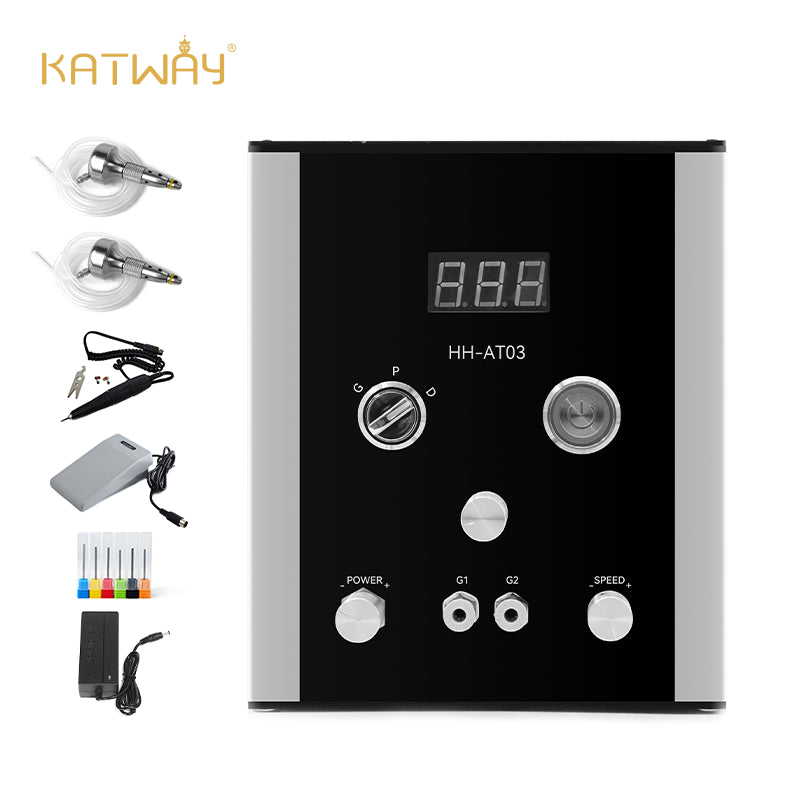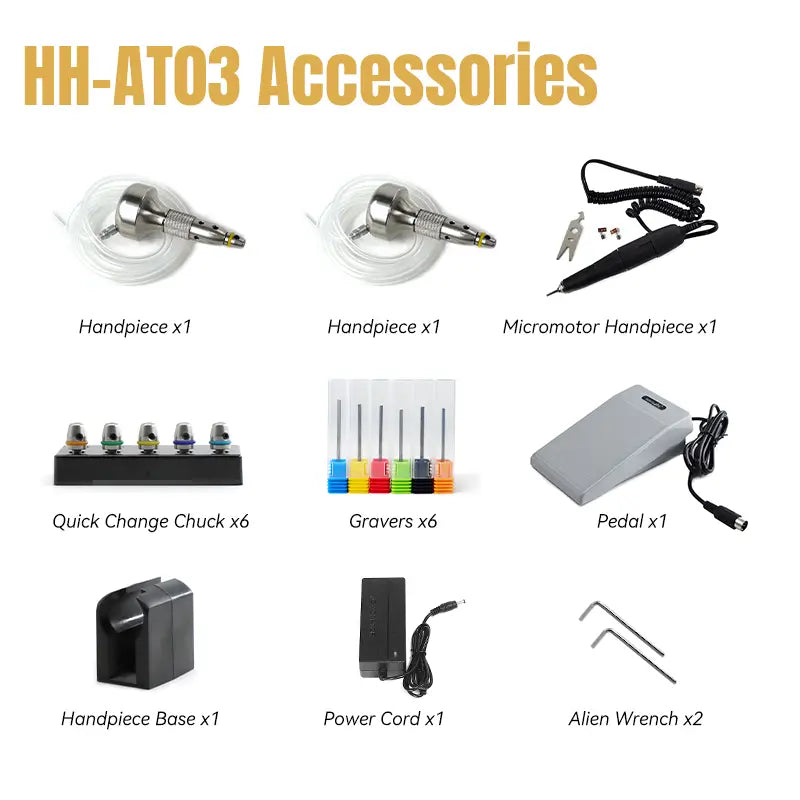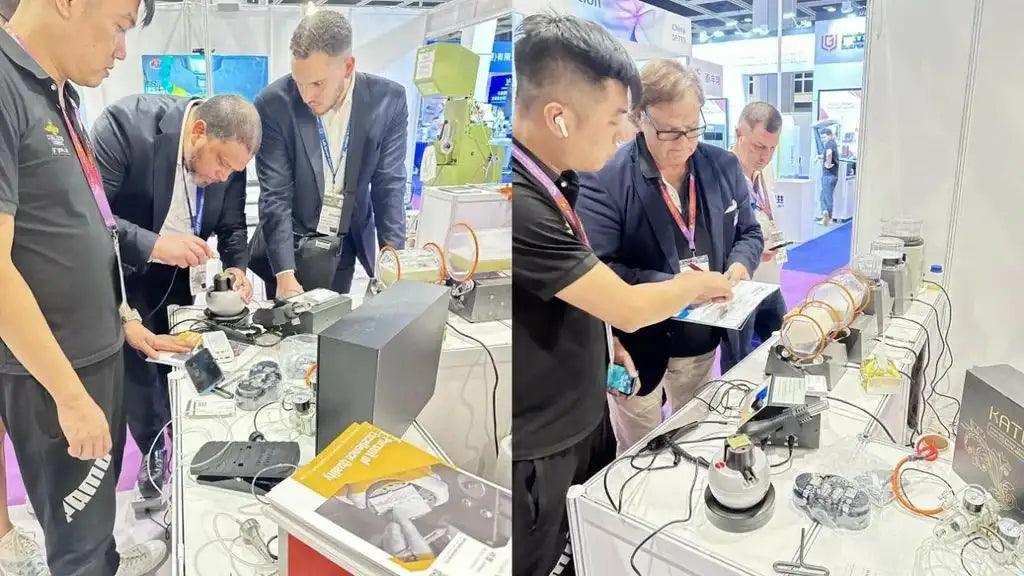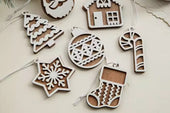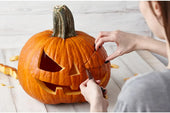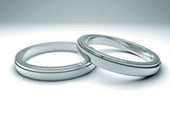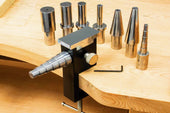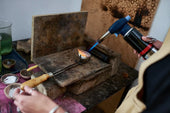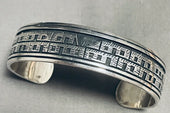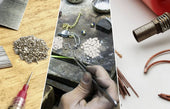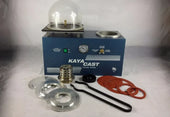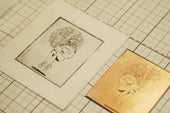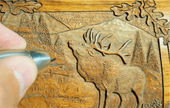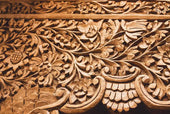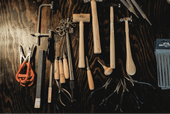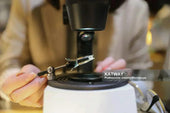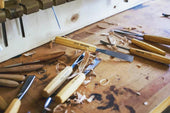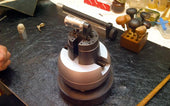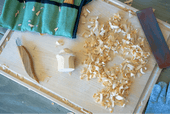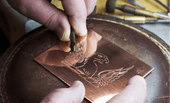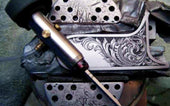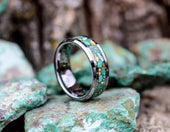Carving Tools That Should Be On Your Workbench
Ever seen what a carver's workbench looks like, most of the time it's full of different styles of carving tools. However, if you are a beginner, you don't need to buy so many, just streamline. This article introduces these carving tools, not only is the beginner's foundation, but also the carver is still practicing for many years in the use of a good helper, but also every carving enthusiasts should be placed on the workbench of the necessary tools.
Handmade Carving Tools
Engraving Knife Sets with Different Blades
The basic process of carving is to use a carving knife with different blades to make different traces on soft materials, so it is necessary to have a set of carving knives with different blades on the workbench.The main types of knives and their uses are as follows
- Flat blade: for removing large areas of excess material and finishing surfaces.
- Circular knives: to create curved lines in your work
- V-shaped knife: for scoring and tracing basic contour lines
- Sharp-nosed knife: for carving detailed lines and engraving some small characters.
Hammer and Chisel
When you want to sit at your workbench and carve harder materials such as walnut and marble, you will need to have a hammer plus chisel on hand. A regular wooden hammer with a nice comfortable grip is fine for the hammer, while for the chisel you can have a flat chisel (to remove material in a straight line), an angled chisel (to remove material at an angle), and a round chisel (to shape curved surfaces). This will quickly remove excess material and improve the efficiency of initial shaping.
Files
Once the carving is complete, a file is required for detailing. It is suitable for sanding the edges of carving marks and for smoothing curved surfaces. Because most carving lines are thin and long, only a file can penetrate deeply into the marks for finishing.
Engraving Tools for Machines
Rolling Mill
For metal engraving and jewelry making at home, a home mill is essential. Home mills are manually operated and can lightly press metal sheets or create textures on them.
Pneumatic Engraver
When a novice starts using an engraving knife, they need to practice the strength, speed and technique of engraving. A pneumatic engraving machine can be purchased to increase efficiency. Driven by compressed air, this machine is capable of high-speed precision engraving on hard materials with a light touch and simple operation (you only need to adjust the appropriate speed according to the characteristics of different materials to complete the engraving), saving time and labor. It is especially recommended for engravers who like to engrave metal, glass, ceramics and other materials.
Laser Engraving Machine
Ordinary laser engraving machines are mainly used for engraving customized patterns and letters on wood and metal plates, but you cannot change your engraving ideas at any time during the engraving process. If you like to carve more creative and heartfelt works, it is recommended that the first choice is still a pneumatic engraving machine.
Auxiliary Engraving Tools
Ball Vise
When engraving small objects without a professional jig fixed, the material is easy to move. The ball vise placed on the worktable can stabilize the position of small workpieces, and can be rotated 360 degrees, multi-faceted carving. It is especially suitable for jewelry engraving, detail adjustment and other operations.

Magnifying Glass or Stereo Microscope
When creating highly detailed works, there are always some carving surfaces that are not clearly visible to the naked eye. A three-dimensional microscope can enlarge the engraving field of view to help you better grasp the engraving rhythm and the depth of the knife.
Microsanders
These power tools can be used with different accessories for polishing, sanding, drilling and cutting, which is a multi-functional auxiliary tool to enhance the processing efficiency after carving.
Protective Equipment for The Engraving Process
Regardless of the type of engraving performed, for your safety, please prepare a set of protective equipment (gloves, goggles, etc.) to be placed on the workbench. Gloves prevent scratches when using sharp engraving knives. Goggles can prevent debris from splashing into your eyes and must be worn especially when using high pneumatic engraving machines.
Precautions for Placing Engraving Tools on The Workbench
Proper Storage
Proper storage of engraving tools can effectively extend their life, for example:
Carving knife set in a cloth bag, chisels, hammers and files can be hung on the tool rack storage, small accessories with different boxes and put in a drawer classification storage. Professional instruments such as pneumatic engravers and stereo microscopes can be placed out of direct sunlight, started directly when in use and covered with a dust cloth when not in use.
Arrangement and Cleaning
Keep frequently used tools close at hand to minimize the time wasted on frequent searching. Regularly clean the workbench to prevent the accumulation of dust that causes the engraving machine to stall.
Keep The Environment Ventilated and Dry
The best place to locate your workbench is in a ventilated and dry area, which prevents tools (especially metal engraving tools) from rusting.
Choosing the right set of engraving tools and placing them on a workbench with good environmental conditions will not only enhance your work efficiency, but also enable you to get into the creative state faster. As long as you choose the right engraving tools according to your actual needs, anyone can have their own ideal engraving workbench.


